
There are more than 1,400 DApps in operation and their number is growing rapidly, according to a United States Federal Reserve Board discussion paper dated in June but released on Aug. 30. Ethereum is their biggest host with 470, or 31%, of them. Those decentralized finance (DeFi) products represent a very small share of the global financial system, but may still pose risks to financial stability, the authors said.
The cumulative gross value of DeFi products ranged from $78 billion to $224 billion at the beginning of the second quarter of 2022, depending on how DeFi was defined, the paper said. Those figures have fallen dramatically since then, as the crypto winter descended. At the same time, technological developments are improving DeFi’s processing capacity. The authors speculate that wholesale investors are the biggest DeFi users.
The bulk of the paper was devoted to the risks and benefits the authors perceive in DeFi. Cryptocurrency volatility inhibits DeFi’s growth, and risks to the broader financial system are small at present, the authors said, but:
“The ability to build large leveraged positions and to conceal trades to some extent, combined with the novelty of the financial products allowing such leverage, have been common elements in the history of financial crises of the past century.”
Many of the paper’s insights show similar cynicism.
Related: Crypto market turmoil highlights risks of leverage in trading
DeFi’s resistance to censorship is overstated, and transparency could be a competitive disadvantage for institutional investors and an invitation for wrongdoing, the authors said. Retail investors will always be vulnerable, since:
“If crypto is to become a mainstream product, then it is going to be widely used by people who lack the ability to adequately assess the programming and economic risks associated with their crypto transactions.”
Finally, DeFi’s potential further integration with the traditional financial market exposes the traditional side to risks because, “If a user suffers losses transacting through a dapp, the user could find it challenging to determine who to sue on the DeFi side, but it may not be difficult to identify the traditional intermediaries that might bear some legal liability.”
 [flexi-common-toolbar] [flexi-form class=”flexi_form_style” title=”Submit to Flexi” name=”my_form” ajax=”true”][flexi-form-tag type=”post_title” class=”fl-input” title=”Title” value=”” required=”true”][flexi-form-tag type=”category” title=”Select category”][flexi-form-tag type=”tag” title=”Insert tag”][flexi-form-tag type=”article” class=”fl-textarea” title=”Description” ][flexi-form-tag type=”file” title=”Select file” required=”true”][flexi-form-tag type=”submit” name=”submit” value=”Submit Now”] [/flexi-form]
[flexi-common-toolbar] [flexi-form class=”flexi_form_style” title=”Submit to Flexi” name=”my_form” ajax=”true”][flexi-form-tag type=”post_title” class=”fl-input” title=”Title” value=”” required=”true”][flexi-form-tag type=”category” title=”Select category”][flexi-form-tag type=”tag” title=”Insert tag”][flexi-form-tag type=”article” class=”fl-textarea” title=”Description” ][flexi-form-tag type=”file” title=”Select file” required=”true”][flexi-form-tag type=”submit” name=”submit” value=”Submit Now”] [/flexi-form]

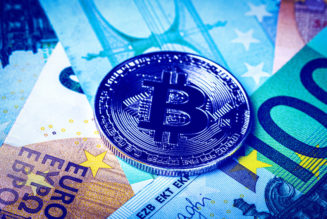
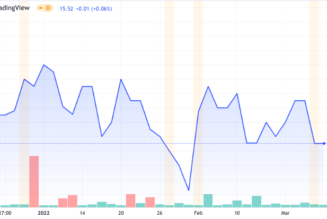
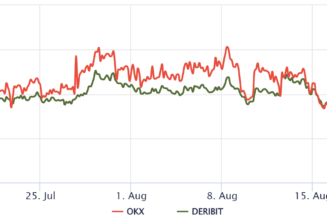


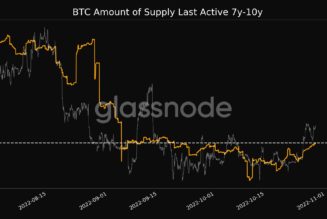

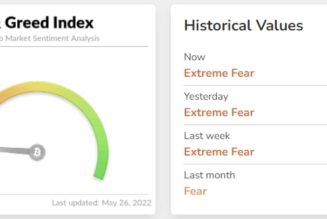

Tagged: crypto blog, Crypto news, Decentralization